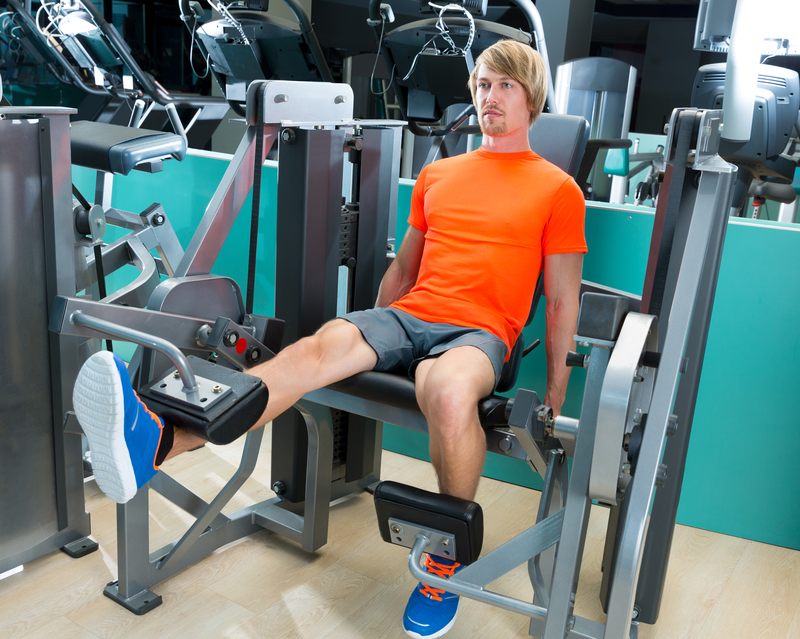Exercise Modifications: If You Can’t Do This, Do This

Every exercise program is not “one size fits all.” Often, you may need exercise modifications so you can do your workout, and these should be based on your goals, your abilities, injury workarounds, and your level of fitness. Workout programs can also be modified to fit your budget, preferences, lifestyle, and schedule.
Why Use Exercise Modifications?
Using exercise modifications enables people to access physical activity regardless of limitations. By changing the exercises to fit their needs and goals, people can remove the barriers that might otherwise make exercise difficult or impossible.
There are many reasons why you might want to try changing up a workout program:
Fitness level—if you’re a beginner, you may want to use exercise modifications to make the exercises doable until you get stronger and better able to perform the movement.
Injury rehab or prevention—you’ll often see exercise modifications when someone is injured and trying to heal. Physical therapists often alter exercises to make them accessible for people with injuries.
Pregnancy—continuing to exercise throughout your pregnancy is a great idea, but there are specific things you should and shouldn’t do. Consult your doctor for a list of approved exercises and recommended modifications.
Equipment—if you need dumbbells but don’t have access to them, you can use resistance bands instead. Or, if you don’t have the machine you need, try free weights or even your body weight for the exercises. Mix it up with machines, free weights, resistance bands, kettlebells, exercise balls, and body weight exercises.
Age—whether you’re very young or well-seasoned, exercises can and should be modified to complement your abilities at your current age. Exercise protocols will vary and can include differences in impact, length of workout, target heart rate, amount of weight lifted, mobility and flexibility, and more.
Here Are Some of the Ways You Can Modify Your Workouts
Slow down your tempo—if you’re experiencing pain or your cardiovascular fitness isn’t what it could be, slowing down your tempo can be the key to your success.
Go lightweight—sometimes, just changing the amount of weight you’re lifting can do the trick.
Change the position/track of the movement—instead of pushing forward, try pushing the weight slightly out to the sides.
Alter your range of motion—if you’re having trouble putting a joint through its full range of motion, consider shortening that movement until you gain strength. Partial reps can also be very effective at working the muscles. As you get stronger and your body heals, you can slowly increase your range of motion.
Try different equipment—there are many brands and styles of equipment to take advantage of. Each manufacturer’s equipment will have slight differences in the movements, and these nuances may or may not work for you. Also, don’t be afraid to branch out to resistance bands, free weights, and body weight exercises.
Do singles—working one side of the body at a time can also help you work through injuries and allow you to focus exclusively on the area you’re working. It also enables you to use lighter weight if necessary or use a different path of movement for that side.
If You Can’t Do This, Do This Instead
When you can’t do the exercise as prescribed, it’s time to try some of the above modifications. Here are a few examples to get you started.
Squats—this is one of several staple exercises that not everyone can easily do. If you can’t do regular squats, do this: try doing wall squats instead. With your back against the wall, place your feet a couple of feet in front of you and about hip-width apart. Slowly slide down the wall, using it as support, until you are in a squat position. Hold for a count of three, and then push back up to straighten your legs.

Dumbbell Raises—if you can’t lift a dumbbell straight out in front of you or that path of movement causes pain, do this: try the same exercise but alter the path slightly. For example, try moving your arms slightly out to the sides, midway between a front lateral raise and a side lateral raise. Try different paths of movement until you find one that feels good.

Leg Extensions—if you can’t do regular leg extensions, do this: if your knee is too painful to move through the full range of motion on a leg extension machine, try partial reps to work the leg that hurts. Set a lightweight and straighten both legs to bring the weight up. Then, with the injured leg only, bend as far as you can without pain. As soon as the movement becomes painful, straighten your leg again and squeeze and hold at the top. Do this for repetitions, and when finished, resume the normal range of motion reps on the uninjured leg.

Pushups—this is probably one of the most modified exercises. If you can’t do a regular pushup, do this instead: a knee pushup. Rather than keeping your body prone, drop to your knees and use your upper body to complete the pushup movement.

Remember, where there’s a will, there’s a way! Use all the tools at your disposal to make your workouts work for you.





